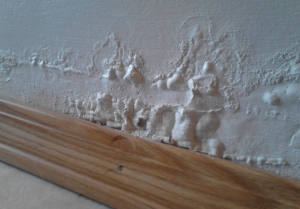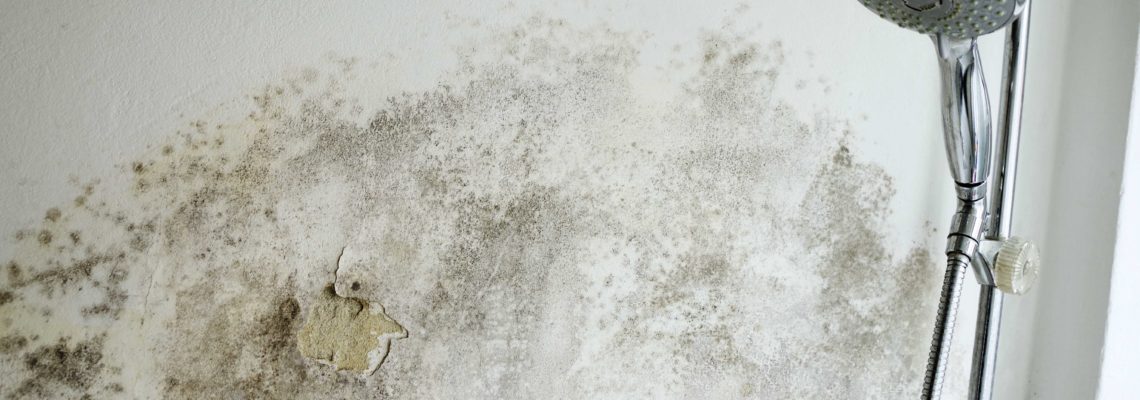Clearing Water Marks - Comprehensive Wall Stain Checks And Repairs
Clearing Water Marks - Comprehensive Wall Stain Checks And Repairs
Blog Article
Just how do you feel about How to Find and Repair Water Leaking in the Wall?

Water discolorations on walls are not enjoyable to the eyes. Occasionally it seems nearly unpreventable to experience water stains on wall surfaces in residences.
Homeowners living in humid regions regularly deal with the anxiety of water discolorations on wall surfaces. With well-rounded and precise details on the reasons of water stains and prompt repair work processes, you will always be a step ahead of such incidents.
3 Typical Root Causes Of Water Discolorations on Wall Surfaces
Unlike common belief, water discolorations on wall surfaces do not constantly originate from bad structure products. There are a number of root causes of water spots on walls. These include:
Moist
When hot moist air meets with dry cold air, it causes water beads to base on the wall surfaces of structures. This takes place in bathroom and kitchens when there is heavy steam from cooking or showers. The water droplets can stain the bordering walls in these parts of your house and infect other areas.
Wet or condensation influences the roof covering as well as walls of buildings. This causes them to show up darker than various other areas of the home. When the wall surface is wet, it produces an appropriate environment for the development of microorganisms and fungis. These might have adverse impacts on health, such as allergic reactions as well as respiratory system conditions.
Poor Drain
When making a building strategy, it is vital to guarantee adequate drain. This will stop water from seeping right into the walls. Where the water drainage system is blocked or missing, underground dampness develops. This web links to extreme moisture that you discover on the wall surfaces of your building.
The leading cause of damp walls, in this situation, can be an inadequate drainage system. It can additionally be due to bad management of sewage pipelines that run through the structure.
Pipeline Leaks
Many houses have a network of water pipelines within the walls. It always raises the viability of such pipelines, as there is little oxygen within the wall surfaces.
Yet, a downside to this is that water leakage influences the wall surfaces of the building as well as creates widespread damage. A telltale sign of defective pipelines is the look of a water stain on the wall.
Pro Idea
A houseplant in your house additionally increases its humidity. So, if your home is currently moist, you may intend to present houseplants with marginal transpiration. An instance of ideal houseplants is succulents.
Water Discolorations on Wall Surface: Repair Work Tips
When dealing with water stains, property owners would typically want a fast repair. Yet, they would certainly quickly understand this is disadvantageous as the water discolorations reoccur. Right here are a few useful tips that will certainly lead you in the repair service of water spots on walls:
Final thought
Although no one intends to have water spots on walls in their residence, it can occur to the best people. This short article gives you utilize, as you currently know how to manage this accident if it does occur.
It is constantly best to recruit professional solutions to assist fix the problems in your home.
Sometimes it appears practically unpreventable to experience water spots on walls in residences.
Contrary to preferred belief, water stains on wall surfaces do not always stem from inadequate building products. There are a number of causes of water discolorations on walls. The water beads can discolor the bordering walls in these components of your house and also spread to various other areas.
Here are a couple of helpful ideas that will direct you in the fixing of water stains on wall surfaces:
CHECKING FOR WATER DAMAGE
Water damage can be costly, and it may begin before you even notice the first signs of trouble. Water damage can cause mold and mildew in your walls and floors, which can create an abundance of health concerns for your family. It can also lead to costly repairs of various appliances and general home fixtures. To avoid the pricey consequences of water damage, here are Warner Service’s top 5 places you should check:
The walls – The easiest place to spot the beginnings of water damage is on the walls and ceilings of your home. If water damage is present, there will most likely be water stains, especially around the windows and doorframes, and/or cracks in the drywall. If a stain looks unusual (discolored to brown, black or gray, raised texture), has a swollen appearance or is soft to the touch, contact a professional immediately. The pipes – To avoid water damage, consistently check the pipes in your kitchen (especially the dishwasher and ice maker), bathrooms, laundry room (specifically washing machines) and basement for corrosion, leaks and water stains. Pay special attention to where the pipes connect in your home and the location of caulking around the bathroom fixtures, including toilets, sinks, showers and tubs. Missing or loose caulking and grout could be signs of leaking water. This seepage can also quickly cause mold and rust, so double check your water heater and tank for wet spots on the floor. The floor – Water damage is very easy to spot on the floor. Look for any warping or buckling of the material, especially in the basement. If your home has wood flooring, look for bright white or dark stains. If your home has carpeting, keep it dry and clean. A damp carpet that smells of mold could cause water damage and health problems. To avoid this, consider installing floor pans under your appliances to help prevent damages from small, slow and undetected leaks. The basement and attic – If your basement or attic smells odd check for mold and mildew around the area, especially the valley where the roof meets. While you are inspecting those areas, check for wall cracks, floor stains, rust and dampness in the insulation. If you live in a colder and/or rainier climate, perform routine checks for water damage from melting snow or ice and rain. The exterior – Check the roof for damaged flashing and missing, cracked or curled shingles. There should also be no standing water anywhere outside your home. This could be caused by puddles, leaky rain gutters or hoses, poor drainage, or short gutter spouts. Invest in a sump pump system or water flow monitoring system, and perform routine maintenance on these outdoor appliances to avoid indoor water damage.

I was shown that editorial about How to Remove Water Stains from Walls and Ceilings from an associate on our other domain. Appreciated our write up? Please share it. Let somebody else discover it. Many thanks for your time. Don't hesitate to visit our site back soon.
Get Offer
Report this page